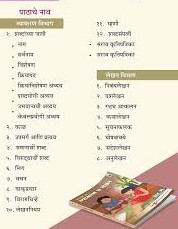Chapter 4: "Daily Conversational Marathi with Sentence Patterns"

Abstract: Learning a new language can be fun and rewarding, especially when focusing on practical conversational phrases and their underlying sentence patterns. Marathi, a rich and expressive language, can be easily grasped with some structured learning. Here's a breakdown of essential greetings, introductions, and everyday phrases along with their sentence structures: 1. Greetings and introductions Marathi culture emphasizes politeness and respect, so understanding appropriate greetings is crucial. Namaskar (नमस्कार) : This is the most common and respectful greeting, suitable for all situations and age groups. It is often accompanied by joining palms together at chest level. Namaste (नमस्ते) : This greeting is slightly less formal than Namaskar but is also widely used in respectful contexts. Kasa aahes? (कसा आहेस?) / Kashi aahes? (कशी आहेस?) : "How are you?" is used informally with male and female friends or younger individuals respectively. Kase aahat? (कस...
